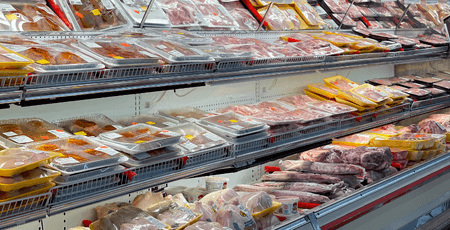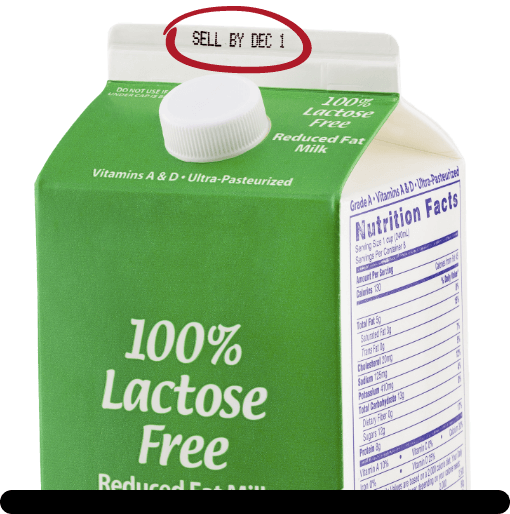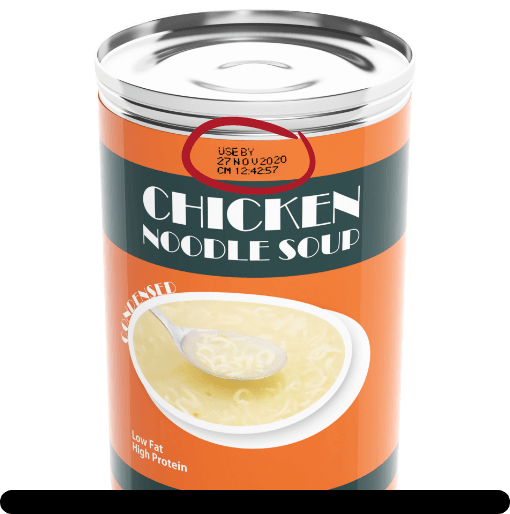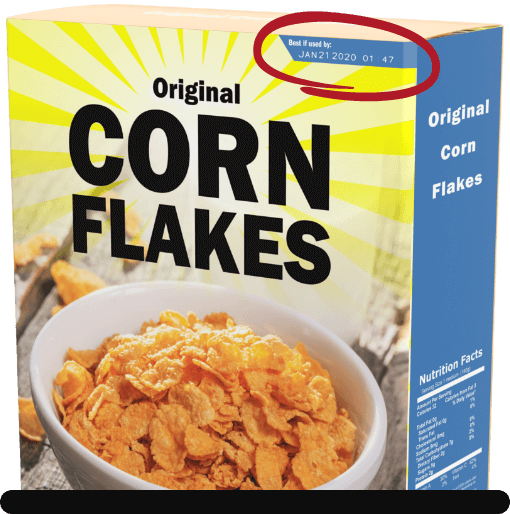
FAQs
Why is the store name United Grocery Outlet and you are referred to as Bargain Barn?
We began in 1974 as Bargain Barn. However, as we have grown, we wanted to be recognized by the public as United Grocery.

Do you have in-house butchers?
Behind every United Grocery Outlet meat counter, you’ll find much more than a meat cutter. Each UGO Certified Butcher is a highly trained professional with years of experience. We stand ready to offer you a wide range of services. We offer a large Variety of everyday inhouse items that can be cut to order upon request, and we have the ability to order specialty meat items like whole hogs, goat, lamb or veal.

What varieties and categories of products does your company carry?
We like to say anything in your mainstream grocery store should be found in our stores. Grocery, dairy, frozen, pet food, general merchandise, health and beauty aids, household products, produce, and meat.
Please refer to a specific location on our locations page to determine if a store has Fresh Produce and Meat Departments.

Do you have any loyalty cards or accept coupons?
No, we provide the lowest prices for name brand and private label items. No gimmicks, no cards, no coupons. Compare our prices to the competition, as we do daily, to stay abreast of competitors’ frequently changing retails.

Why don’t you have my favorite items everyday?
Our decision to purchase an item is based on value rather than variety. When we research the item our goal is to pass savings to the customer. If that can’t be done, the buy does not happen.
Are expiration dates guidelines or deadlines?
It’s breakfast time, and you’re craving a cheese omelette. Your carton of eggs says, “EXPFEB12”; the cheddar says, “Use by Feb. 23”; the milk says, “Sell by March 1.” It’s March 4. Can you safely scramble, or should you switch to cereal, which is telling you “Best if used by 3-5”? If you’re unsure, you’re not alone. The boxes, cans, and cartons in our kitchens are trying to tell us something, but we may not be getting the message.
Except for poultry, infant formula, and some baby food, product dating is not required by the federal government, but more than 20 states mandate dating of some foods. When dates are applied, generally by the manufacturer and occasionally by the store, they’re stated in a variety of ways: You might see Nov. 25, 11-25, or 1125. The terms used are somewhat flexible, too, since there’s no standard. Here, words to the wise about the words on foods:
Sell by:

“Sell by” or “pull”: An indication, to the retailer, of the last day on which a product should be sold. It takes into account time for the food to be stored and used at home. You should buy it before the date, but don’t have to use it by then. You should be able to use milk, say, for up to about seven days after the sell-by date.
Use by:

“Use by” or “quality assurance” date: The last date the product is likely to be at peak flavor and quality. One of these dates is often placed on foods such as cereal, which may decline in flavor and quality. It doesn’t mean the food is unsafe after that date.
Best if used by:

“Best if used by”: For most foods, this indicates the last date on which they should be eaten or used. Eggs are an exception: If you buy federally graded eggs before the package date (which must be no more than 30 days from when they were put in the carton), you should be able to use them safely for the next 3 to 5 weeks.
“Pack” or “package date“: The date the food–fresh meat, for example–was packed or processed. Consumers can tell which package is fresher and choose that one. A pack date isn’t an indication of safety.
“Born on”: Initiated by Anheuser-Busch, it’s supposed to let buyers choose the freshest beer. According to the company, its beer is freshest and tastes best within 110 days from the born-on date.
Coded date: A series of letters or numbers or both used by the manufacturer to track foods across state lines and, if necessary, recall them. The code isn’t meant as a use-by date
